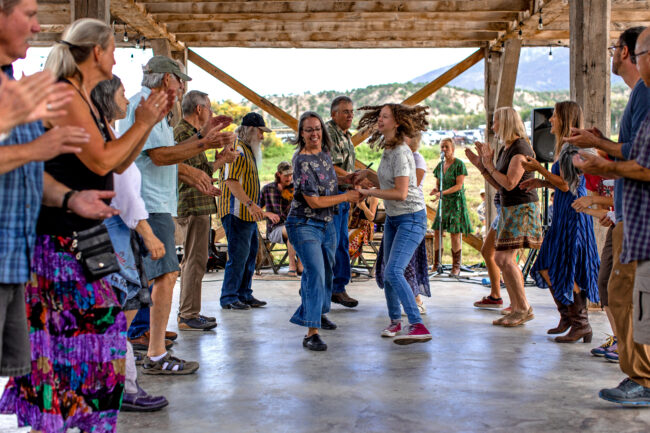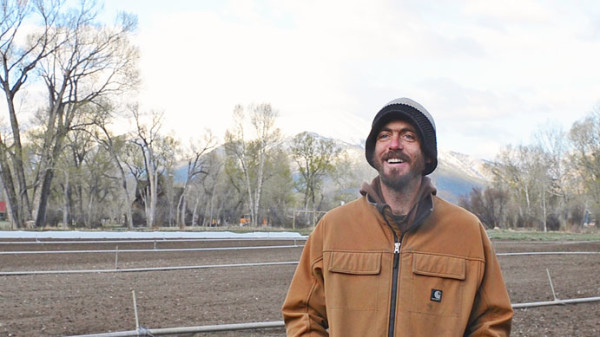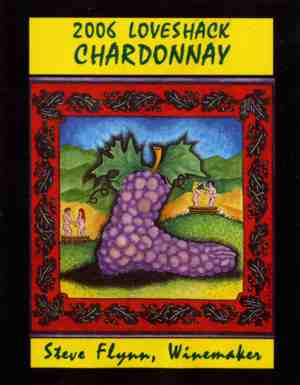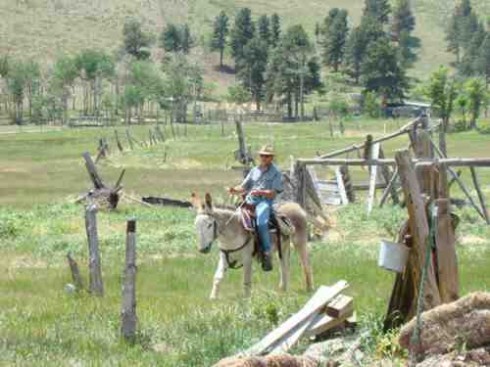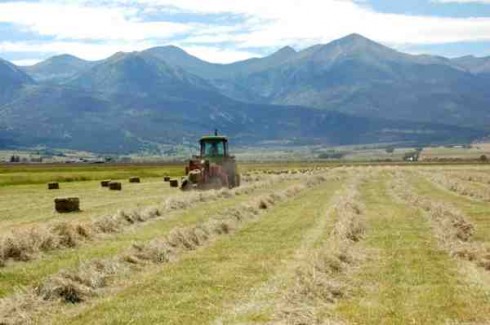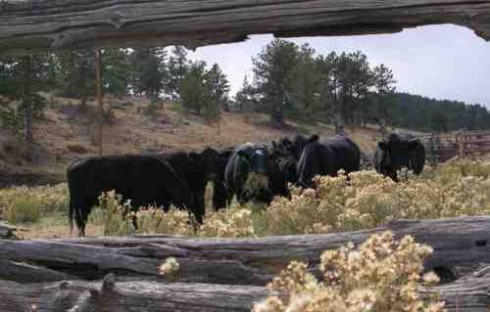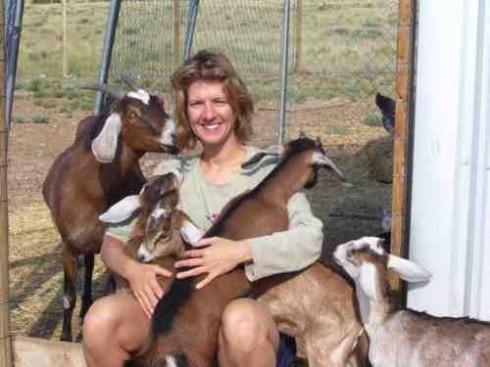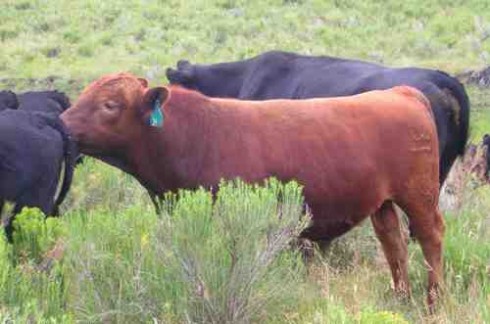GUIDESTONES ARE TYPICALLY DEFINED as a sort of celestial clock recording the passage of events or as a stone marker acting as a guide for travelers. The mission of Guidestone Colorado echoes this sentiment. The name “was chosen to honor past and present leaders who have dedicated themselves to building healthy and resilient communities through the production (of) and education (about) locally grown and raised food.” I spoke in depth with Executive Director Andrea Earley Coen and Director of Operations and Community Engagement Abigail Peters. Peters is a recent addition to the Guidestone team, a self-professed “rootin’, tootin’ country girl.”…

